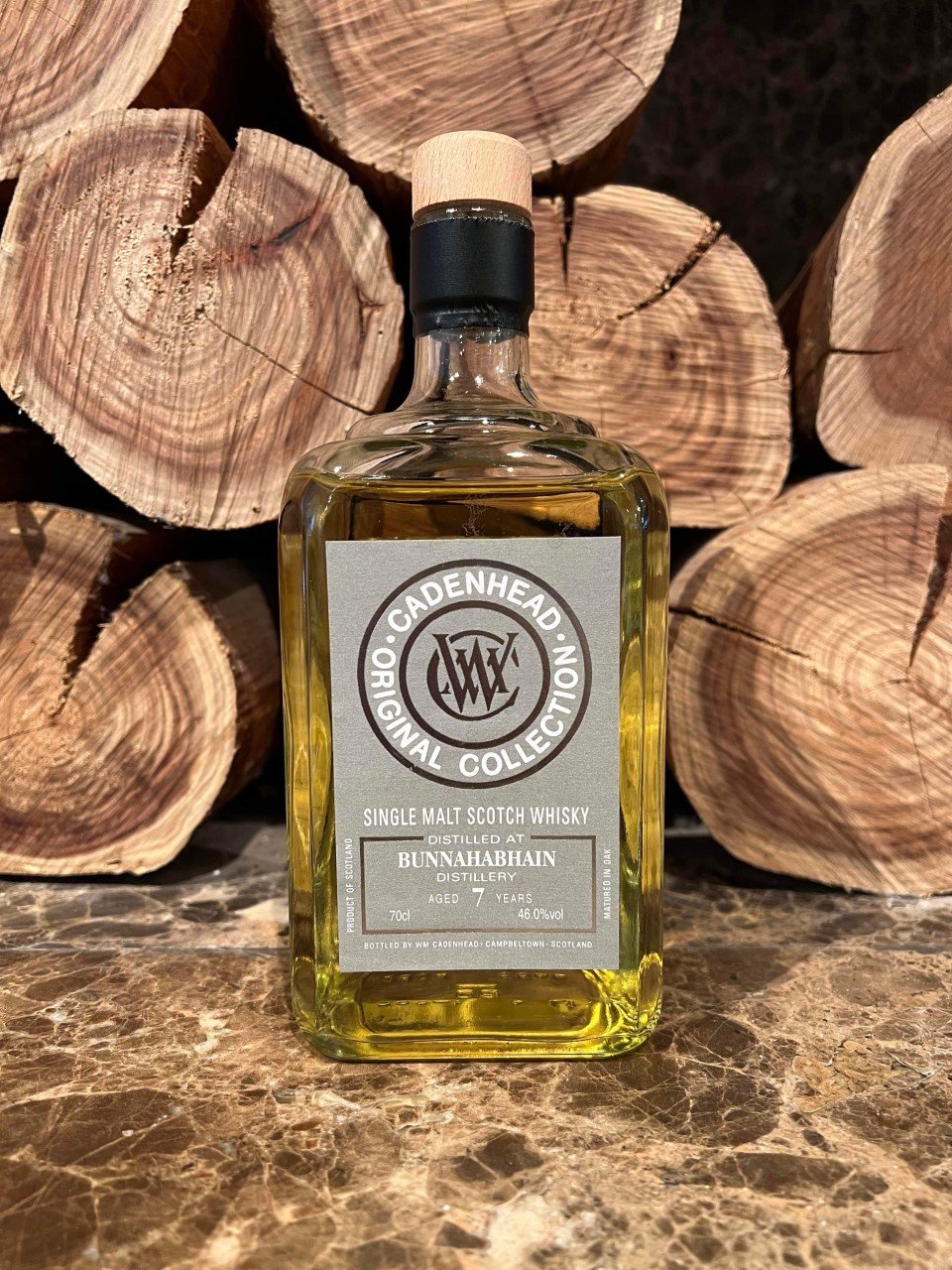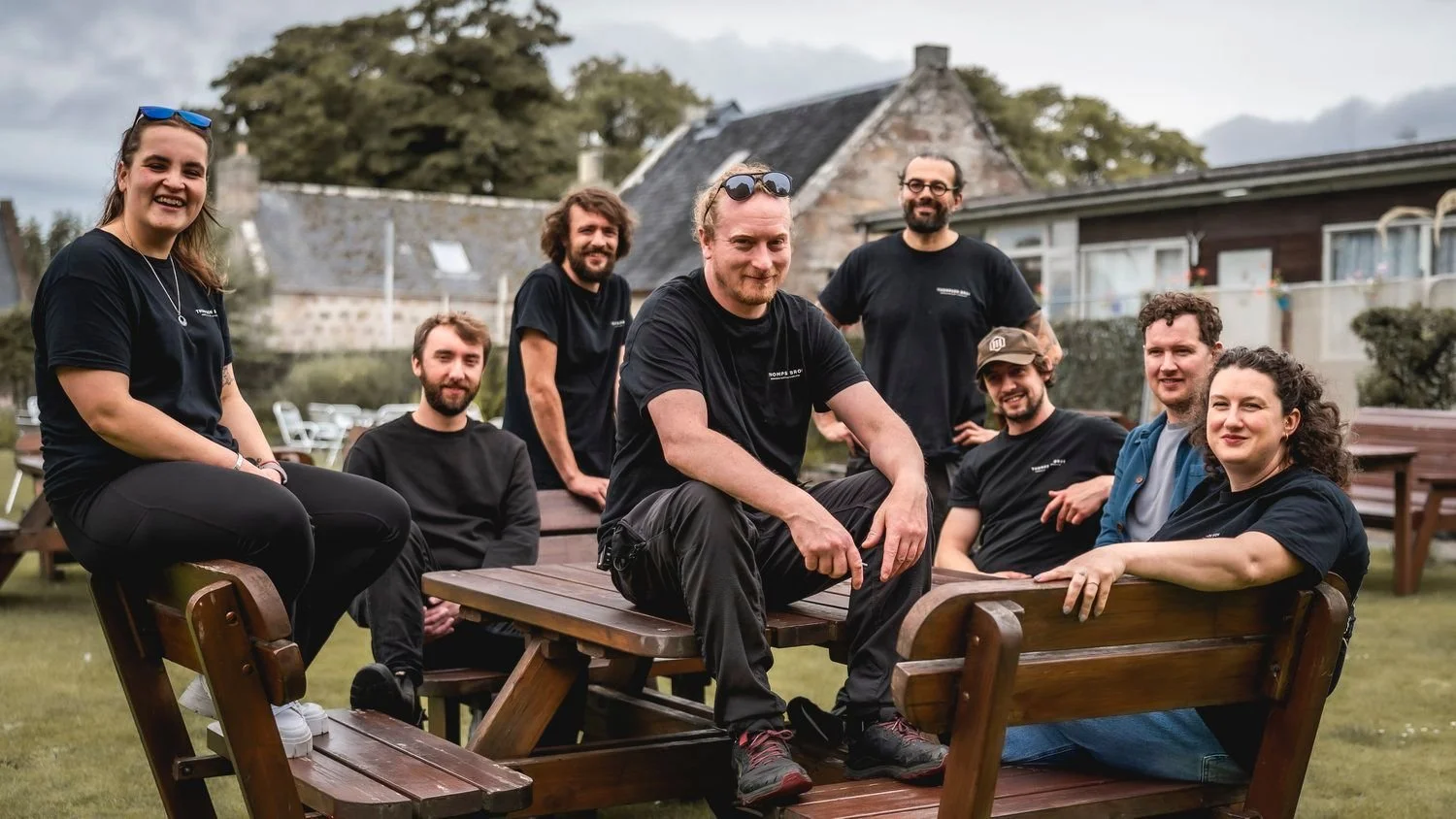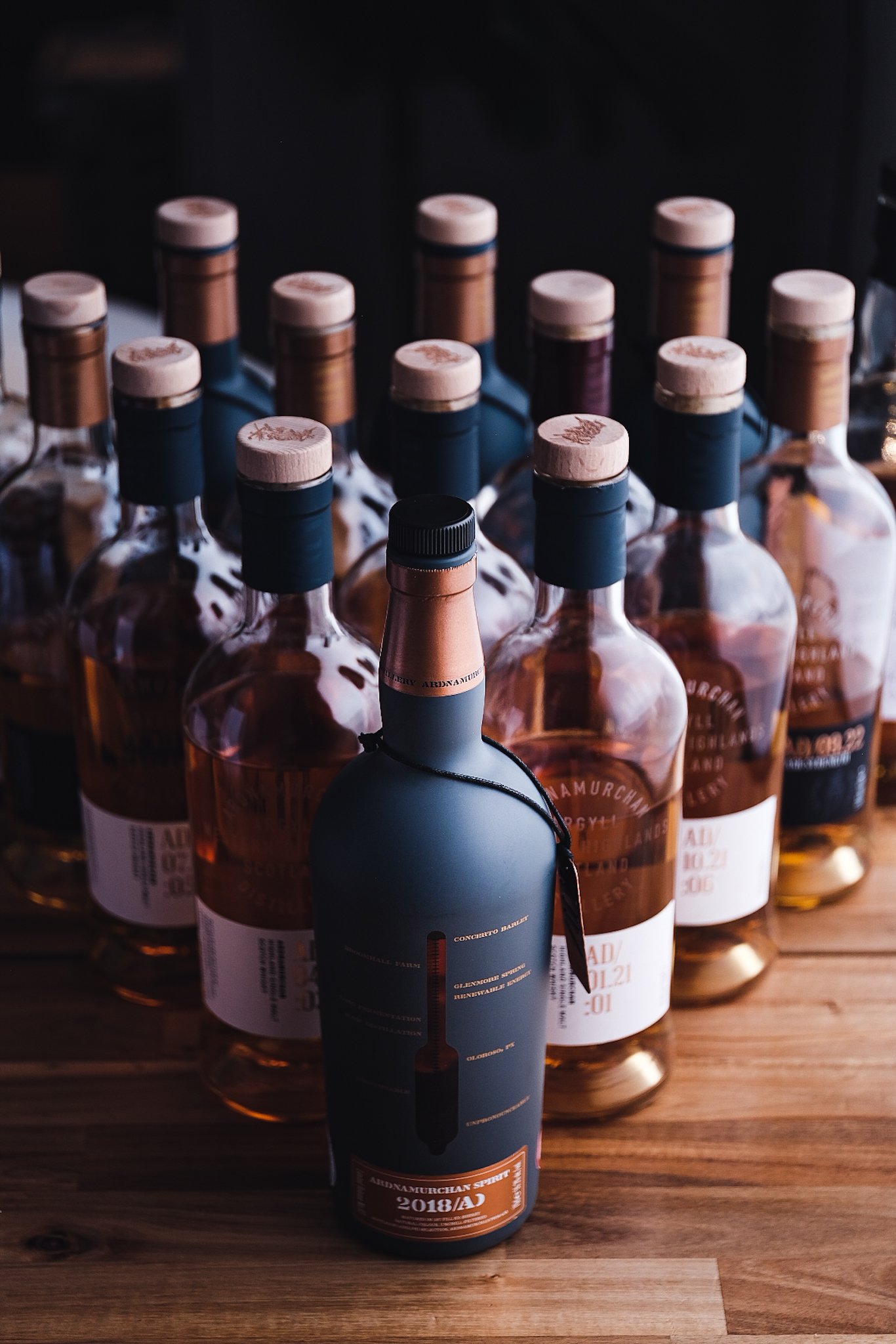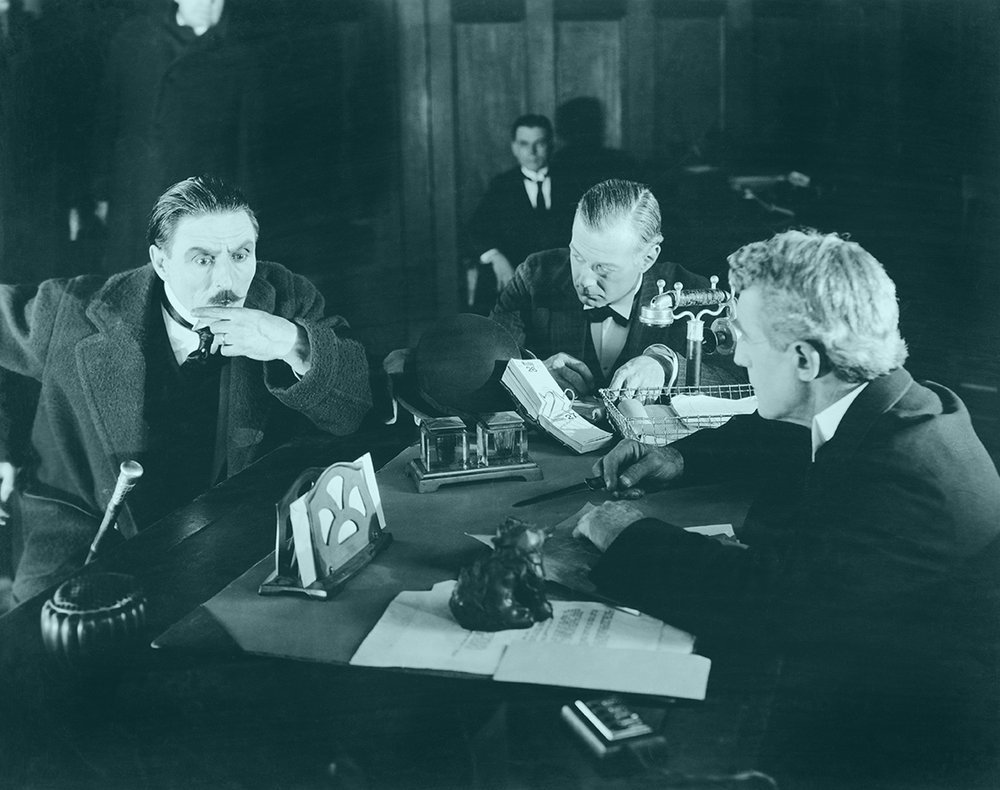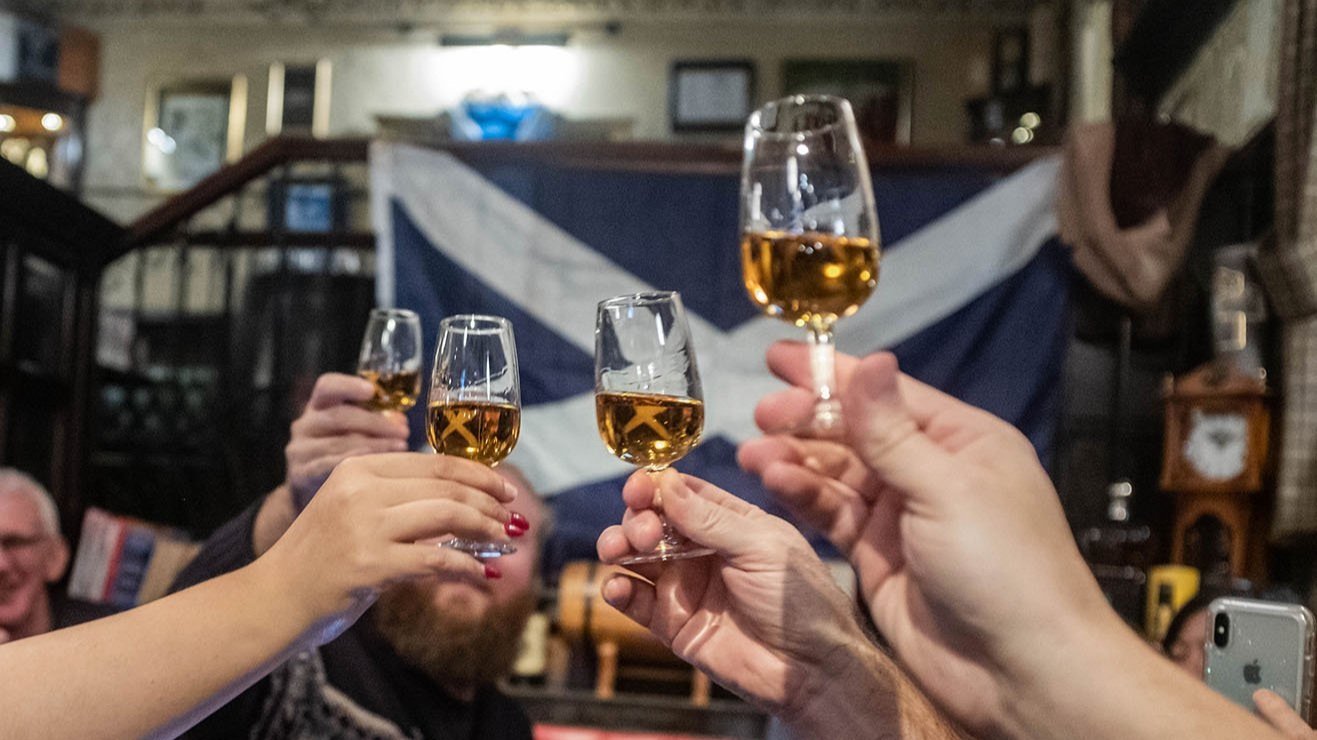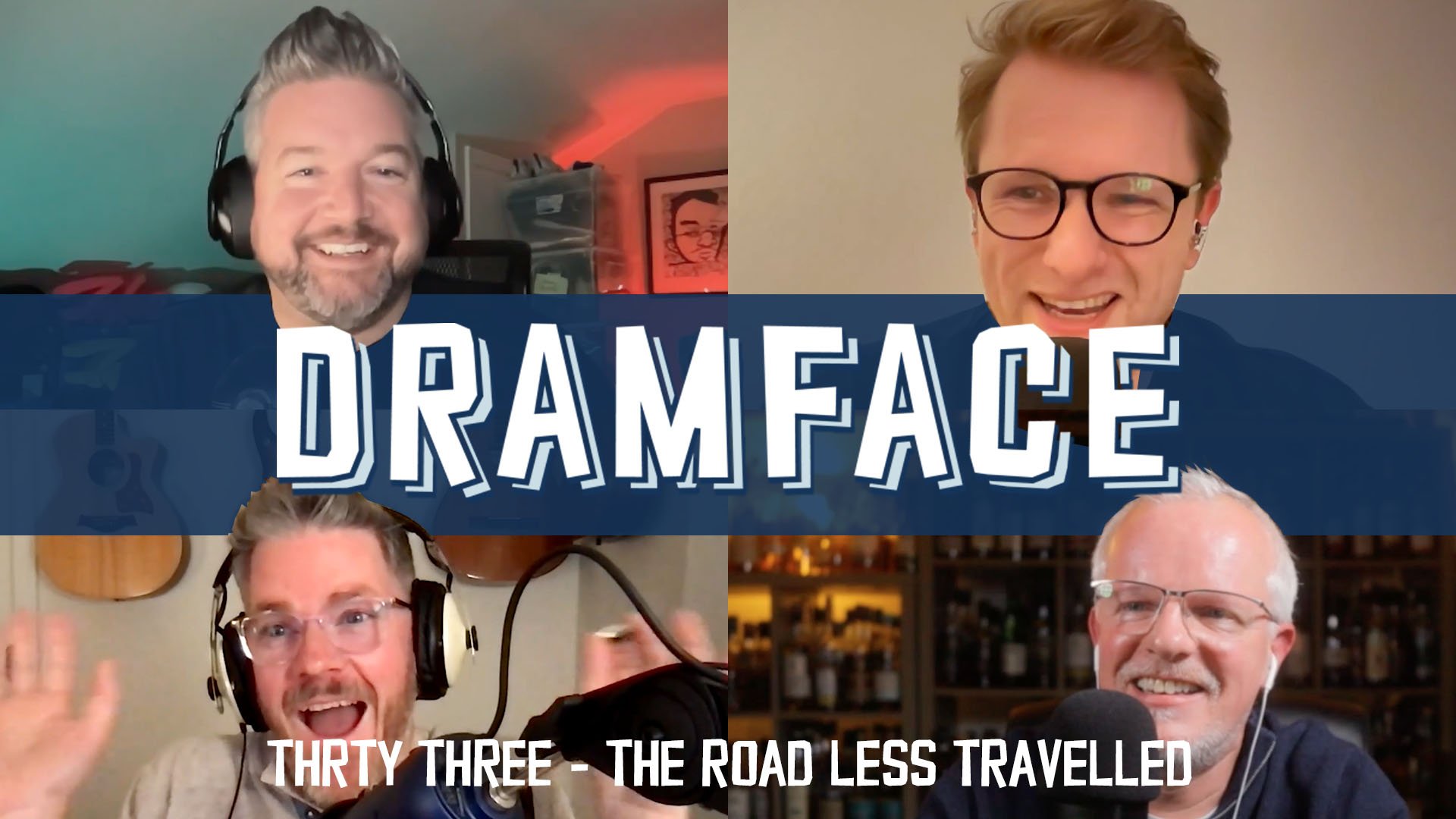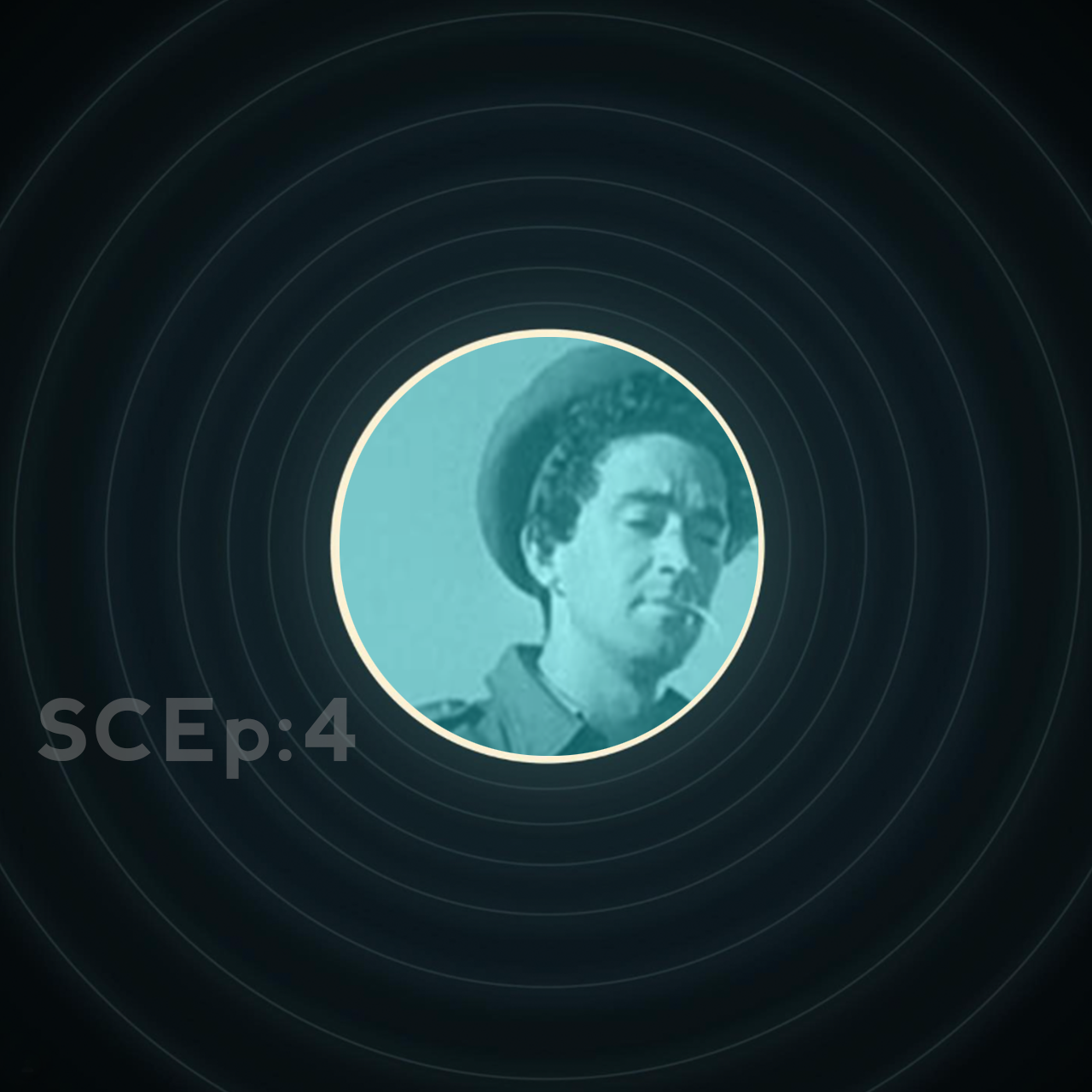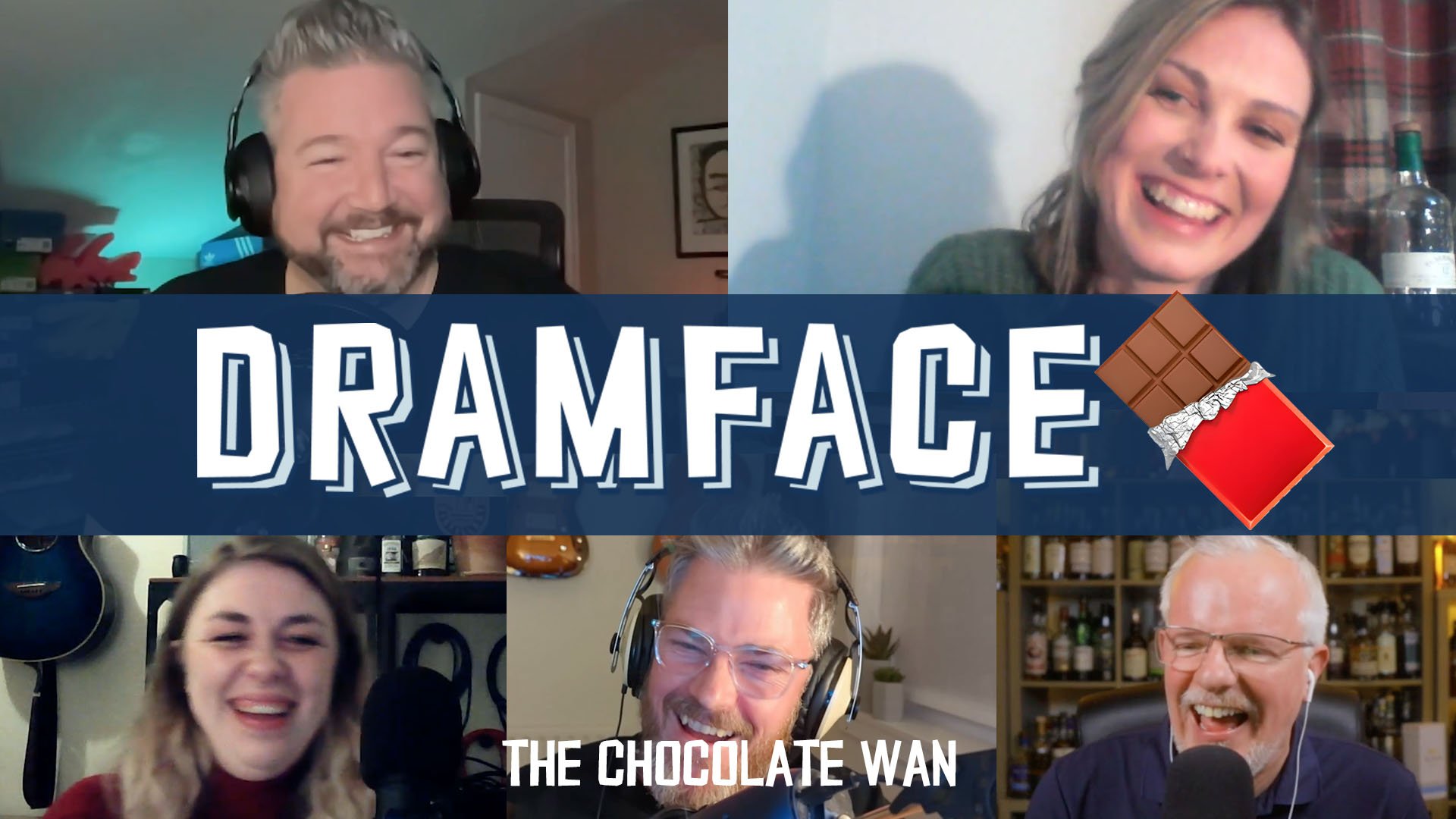Cadenhead’s Bunnahabhain 7yo
Cadenhead’s Original Collection | 46% ABV
Score: 8/10
Something special.
TL;DR
We could use some more peat from the unpeated malt of Islay
Make it Mòine
“The gentle taste of Islay” is how the coastal distillery of Bunnahabhain refers to itself despite being from the peat-centred whisky region of Scotland.
Bunnahabhain can be a welcome change for those who find the smoke and phenols of most Islay malts too intense. My wife, despite being the only half of the Dune duo with any Scottish heritage, cannot stand the smell of peat. She isn’t much of a drinker in any context, but she enjoys nosing whisky as she boasts the keener sense of smell in our marriage. Not all drinkers falling in to the Islay craze are looking for kippers, burning campfires, or ash-laden band-aids in their whisky. All of that said, I wish Bunnahabhain produced more peated whisky.
In my small group of fellow whisky comrades, I’m known as the Bunna-boy: they are my favourite distillery, my ride-or-die whisky. I have taken whisky drinking much more seriously ever since my first bottle of Bunnahabhain 12yo: it was the first time I felt that gravity in the drink. Everything from the Captain Haddock-style sailor on the front to the stout bottle and the spicy, salty, rich liquid inside captured my affection. I even felt a tinge of snobbery at being able to pronounce the unpronounceable whisky.
Shortly after the 12, I chased the Bunnahabhain 18yo, which was everything in the 12yo but fired up. I am not shy about proclaiming it as my desert-island whisky, but that’s a write-up for another time. But that is where my Bunna journey ended, temporarily, as everything else in the OB range (that’s affordable for me) is NAS.
Now, this isn’t a review to throw shade on NAS bottlings , I just feel quite cold about the Bunnahabhain NAS. I take back my smugness at being able to pronounce “Bunnahabhain,” because the NAS bottlings take it to another level for a clueless Aussie with no Gaelic. Funnily enough, I don’t think Ardbeg Corryvreckan or Uigeadail suffer the same apathy; marketing has gone a long way to make those recognisable, and even had fans coin “Oogie” and “Corry”. There are crickets in my mental whisky vault when I think about Toiteach A Dha or Stiùireadair.
Age statements help give drinkers a base, or at least a reference point to then branch out from. The Ardbeg 10 has solid footing, and you can go down to the Wee Beastie or up to the 19yo. Being familiar with the 10 gives you a point to then branch into high-proof bourbon matured with the Corry or high-proof sherry matured with the Oogie. Bunnahabhain doesn’t have a peated whisky with an age statement in its core range. Not that they’re necessarily interested in having one: they’ve repeatedly stated they want to focus more on their unpeated style and mainly produce peated spirit for independent bottlings.
What they do bottle, however, with age statements, is often fantastic and among my favourite whiskies on my shelves. But these whiskies are few and far between, with hefty price tags, heftier shipping to Australia, and deep shivs into my liver — I mean, credit card, what with alcohol import taxes. This is why I am pleading for widely available, accessible, peated Bunnahabhain. Peated Bunnahabhain, known as ‘Moine’ with official releases and ‘Staoisha’ with independents, is my favourite whisky expression. Please don’t ask me to pronounce them, but I can talk endlessly about the smoked fish, various aromatic peppercorns, and addictive oiliness of these whiskies.
“It’s testament to their distillate that even though their main style is a mostly sherried unpeated whisky, they can absolutely nail a heavily peated ex-bourbon, at a young age, and not even cask strength.”
I am not challenging Ardbeg or Laphroaig — or any other Islay peated whisky — but I’ll take peated Bunnahabhain in my glass, rain, hail, or shine.
Review
Cadenhead’s Bunnahabhain 7yo, Original Collection, ex-bourbon casks, 46% ABV
£50 in the UK, AUS$85-120, some availability
On paper, this is how I would present an entry level peated Bunnahabhain: young, minimal overt cask influence which distinguishes itself from the 12, natural presentation, with that approachable 46% ABV sweet spot. Would I like to see this at cask strength? Sure! But I am arguing for a peated Bunnahabhain for the whisky masses, and as I’ll get onto soon, this drink does a lot with the alcohol it has.
Nose
Sweet! Fresh pears wrapped in seaweed. Equal parts fresh barley sweetness with young phenolic peat. Medicine boxes and grilled snapper, with smoke opening up over time. No sharpness, very welcoming despite the cacophony of pungent aromas coming from the glass.
Palate
A garnishing squeeze of lemon over smoked tuna seasoned with white pepper. Like licking the bed of salt holding an oyster, and gargling sea water with a few drops of TCP. Mouth-watering on further sips, more coastal salt and barley sweetness. Thoroughly addicting and begging for a pairing with a canned tuna onigiri. Not as spicy a finish as you could usually expect with a Bunnahabhain, but slightly salty and sour, leaving memories of smoke and a zest of lemon, beginning this flavour cycle again.
The Dregs
Bunnahabhain have all the tools in the shed to build a fantastic young peated whisky for their stable. It’s a damn shame that they’re not particularly interested in crafting one. It’s testament to their distillate that even though their main style is a mostly sherried unpeated whisky, they can absolutely nail a heavily peated ex-bourbon, at a young age, and not even cask strength.
This is a vatting of ex-bourbon casks, selected by Cadenheads, who really know what they’re doing. It’s not a given that a larger, commercial batch of ex-bourbon peated Bunna could be presented at this quality for such an affordable price point. I am ignoring those hurdles to believe and indulge in this fantasy. I mean if Ardbeg can do it, then surely Bunnahabhain can?
We just have to look for stuff like this: well thought out, honest whisky, selected by people who know what they’re doing, highlighting the flourishes that the distilleries themselves may be overlooking.
Score: 8/10
Tried this? Share your thoughts in the comments below. CD
-
Dramface is free.
Its fierce independence and community-focused content is funded by that same community. We don’t do ads, sponsorships or paid-for content. If you like what we do you can support us by becoming a Dramface member for the price of a magazine.
However, if you’ve found a particular article valuable, you also have the option to make a direct donation to the writer, here: buy me a dram - you’d make their day. Thank you.
For more on Dramface and our funding read our about page here.
Other opinions on this:
Got a link to a reliable review? Tell us.

